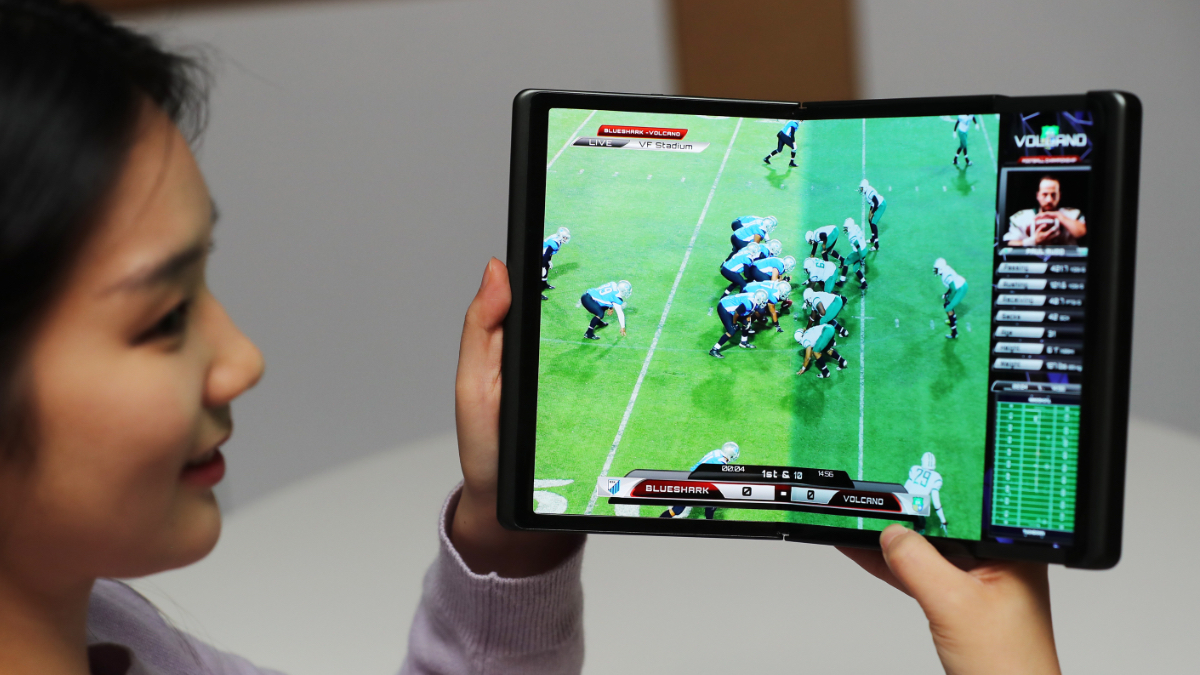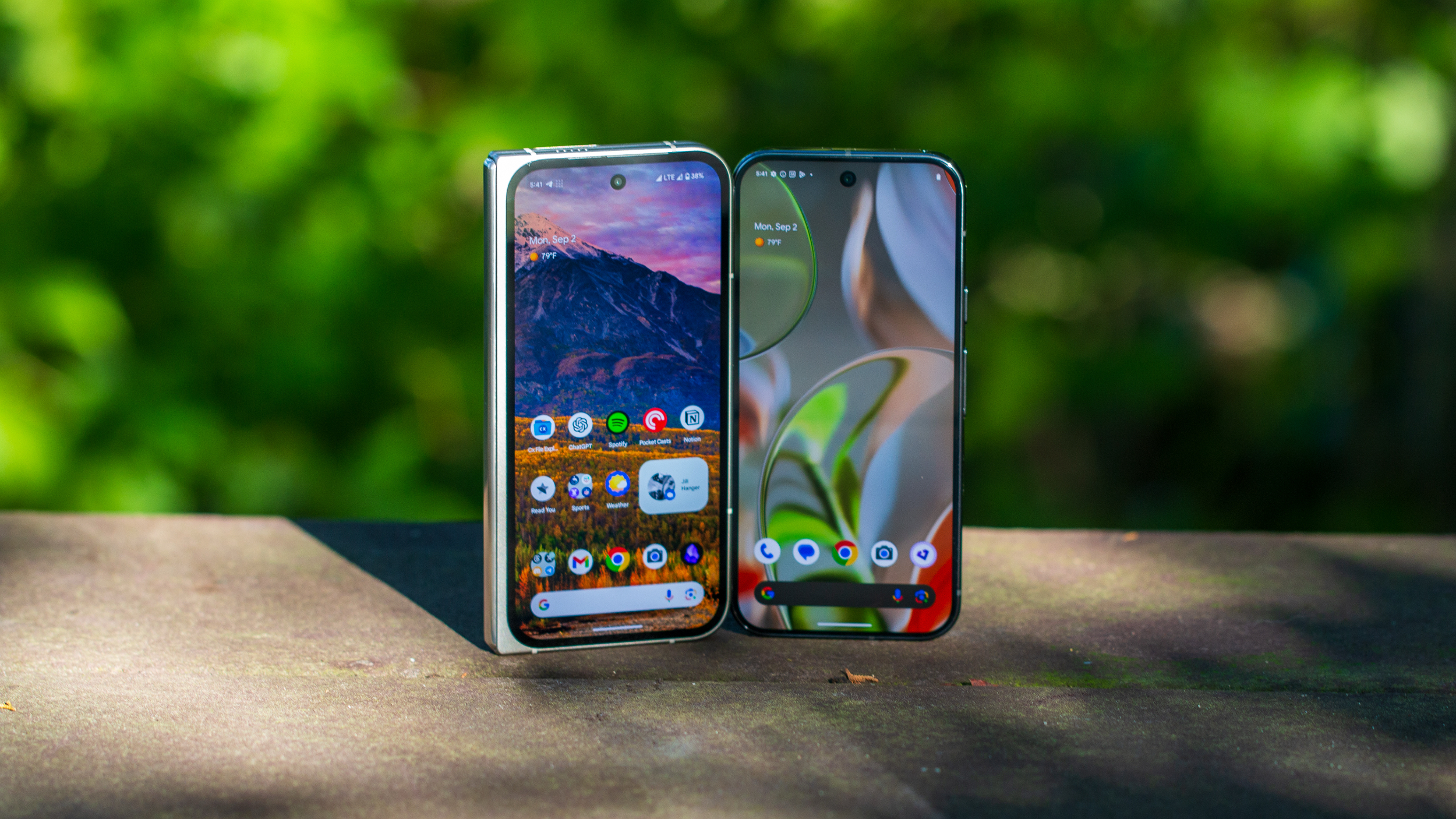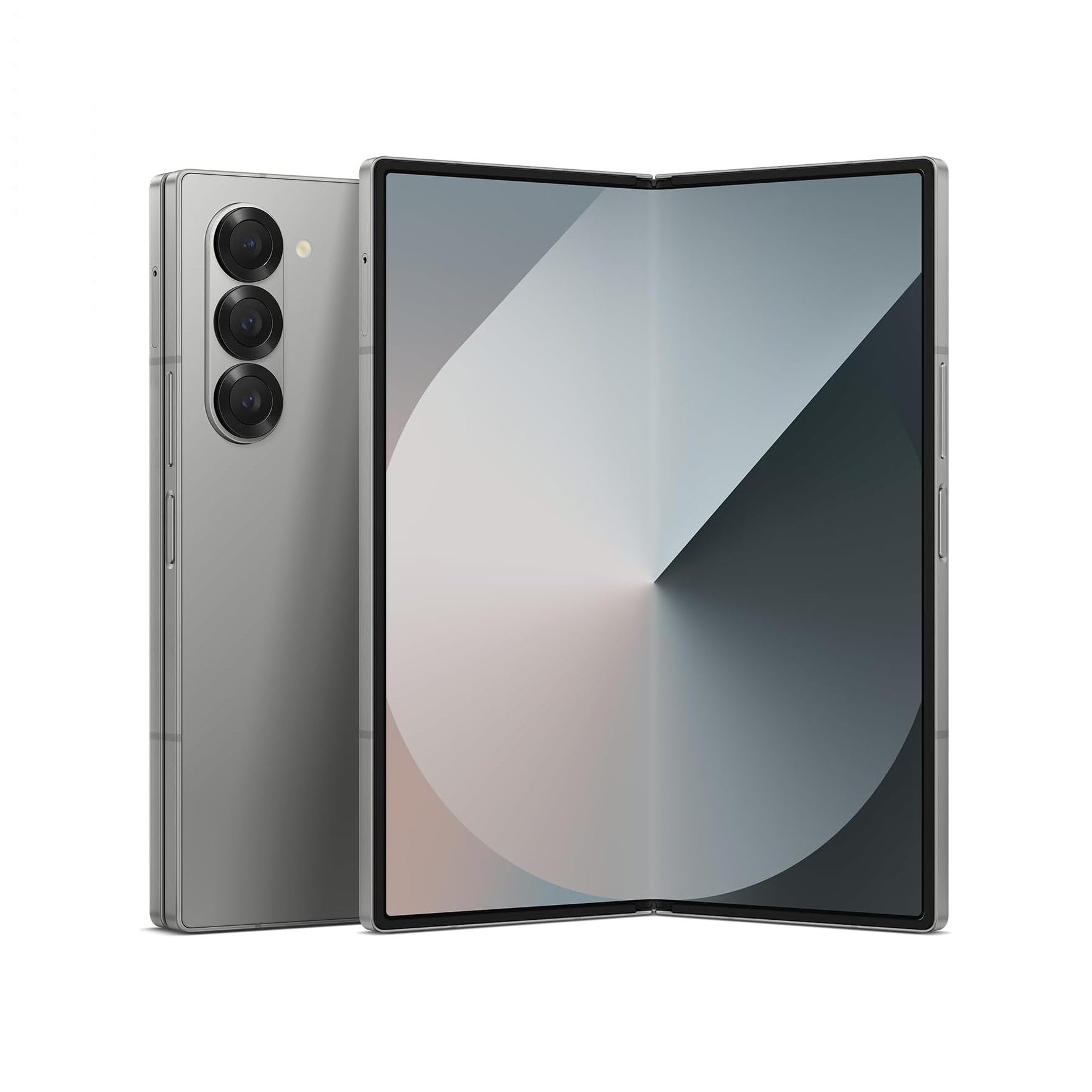When everything folds and flips and rolls, we're going to need better warranties
Phone screens are fragile and making them move only highlights that.

We now have phones that fold, phones that fold twice, and if the rumor mill is right we'll soon have phones with roll-out screens like a trundle bed. For now, these are devices with a low adoption rate and high price tags. They're not something most people are looking to buy.
One day that's going to change. Maybe not soon, but eventually, it will become normal to have a phone that flips open or rolls out. When that happens, one of two things also needs to happen: either someone has to invent a phone display that doesn't tear, or the warranty has to get a lot better.
The screen on your phone is like a sandwich. Layers of glass and circuitry are used to build a screen that can show you what you want to see and know when and where you touched it. The concept of how they work isn't difficult to understand even if building one correctly is.
When you add movement into the mix a lot has to adapt. Some layers in a display were already flexible, others only needed a small material change, while others like the glass needed something brand new. We got there and there are plenty of phones that can fold or flip.
What many people don't think about is how this affects the individual layers of the screen. We've all seen a broken phone screen, and often, under the busted glass, there may be a big dark splotch that resembles spilled ink or weird technicolor lines on the parts of the display that still work. These are the other components in the display sandwich that broke or were torn after the physical damage to the glass happened. These layers are so fragile that glass is used to protect them.
This is compounded with foldable phones. There are a lot of people who have seen a photo of a foldable screen that's blacked out or looks torn, especially around the crease itself. You don't have to break the glass for this to happen because you're flexing all the layers of the sandwich, hoping that nothing fails.

If it happened to you, it's even worse because getting a company to stand behind everything also means a timely repair and that doesn't always happen. It happens more to phones with screens that move so companies making them need to offer better support options.
Get the latest news from Android Central, your trusted companion in the world of Android
I'm lucky. In all the years I've done this for a living and all the devices that have moved across my desk, I've only had to file a warranty claim twice. Both times, everything went off without a hitch. If you're curious, a Samsung Galaxy Note Pro 12.2 had a screen defect, and a Pixel 4 had a bulging battery. Both Samsung and Google promptly sent out a replacement and asked me to return the defective product.
This is because both products had problems that shouldn't have happened. Using that logic means a phone with a screen that can bend shouldn't have a defect or break unless you did something to cause it. The way things work now is that the warranty is decided by time, not usage.
If you baby your new Pixel 9 Pro Fold and are always extra careful to never fold it while something could enter the hinge, you're only covered for a certain amount of time. If it breaks before the date Google stops covering it, you file a warranty claim. If it breaks the day after, you pay a hefty repair bill or buy a new phone.
That's how things work now and I get it — Snap On can offer a lifetime warranty on a wrench but Google or any other phone maker can't do the same for a phone that wasn't designed to last forever. But the warranty period on a phone screen that's more likely to break and one that's not can't be the same. It's simply not fair to us.
The way foldable phones are built gets better each generation, and maybe this won't be something we need to worry about soon. Some manufacturers also have a special warranty for foldable phones, and that shows you realize the need to differentiate. I know that when the majority of phones have flexible screens, we're going to see a lot more of them breaking. I hope this doesn't mean we see a lot more people out of luck because of it.

Keeps getting better
The Galaxy Z Fold 6 is one of the better foldable phones you can buy. Samsung has improved the design and durability, making it water and even dust resistant so you can worry less about your phone and more about life.

Jerry is an amateur woodworker and struggling shade tree mechanic. There's nothing he can't take apart, but many things he can't reassemble. You'll find him writing and speaking his loud opinion on Android Central and occasionally on Threads.
You must confirm your public display name before commenting
Please logout and then login again, you will then be prompted to enter your display name.
